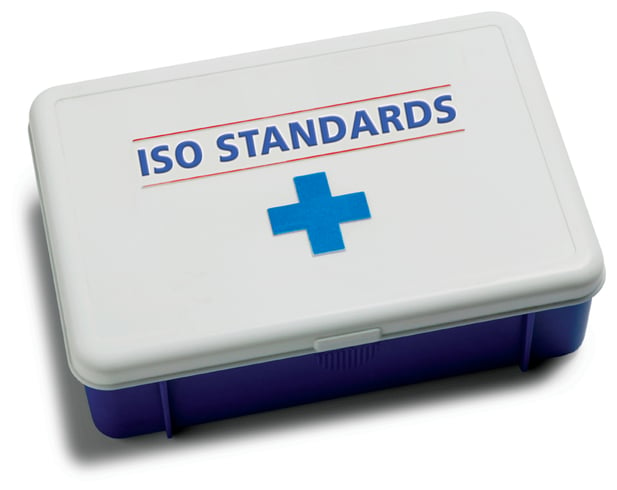This post was authored by David Blaida, president and CEO of Matrix Technologies.
Quality has become a top focus for many companies, small and large. Low-cost, low-quality products and services can generate a lot of revenue in the short term, but lack of quality focus soon will bring the revenue stream to an end. A sustainable goal is one that achieves the best possible balance between quality and competitive cost. The success of control system integrators' businesses is directly affected by the quality of the work product.
In fact, a quality system is one of the requirements for CSIA certification. A quality system will ensure the end product customers receive is consistent and supportable, and the quality system itself helps the integrator execute projects as efficiently as possible. Happy customers are sure to return with more business, and efficiently run projects are the most profitable. One of the most common industry standards for a quality system is ISO-9001.
 A quality system will ensure the end product customers receive is consistent and supportable.
A quality system will ensure the end product customers receive is consistent and supportable.
According to the ISO 2009 survey, through the end of December 2009, at least 1,064,785 ISO-9001 (2000 and 2008) certificates had been issued in 178 countries and economies, making it the predominant standard for defining quality systems in the world. ISO standards do not define the integrator's quality system; they provide a guideline for the quality process. The main elements of an ISO standard quality system are:
- Quality Management System
- Management Responsibility
- Resource Management
- Product Realization
- Measurement, Analysis, and Improvement
The following sections briefly outline the requirements of the above elements.
Quality Management System
The integrator must establish, document, implement, and maintain a quality management system and continually improve its effectiveness. The first step is to define all the processes that exist in the integration business, how they interact, the resources needed to accomplish them, and how to monitor, measure, and analyze their effectiveness. The last statement is probably the most important element. System integrators must constantly improve the quality management system to make it as useful as it possibly can be.
Management Responsibility
In every business, management attention drives compliance with policy. Management must be committed to the requirements and success of the system, and it must be ingrained in the employees. This process starts with the quality policy that sets the goals of the quality system and provides the framework to review its effectiveness.
Resource Management
The most obvious portion of this requirement is making sure the system integrator has the resources available to provide the services defined in the quality system. However, there are other elements here that may not be so obvious. This section also deals with ensuring the training of human resources, on the technology required and the quality system itself. It also defines the infrastructure requirements and the equipment needed by personnel.
Product Realization
This section is by far the most important piece of the ISO puzzle for integrators to understand and implement. For most system integrators, the work product is the drawings, software, and services we provide throughout our projects. This section of the quality standard provides guidelines for how you "produce" your projects. This is where you define your design process for your projects and identify the processes and documents you follow during the project. Equally as important is identifying the ways that you verify, validate, monitor, inspect, and test these "products" while executing the process. ISO requires documentation that you defined your process and validated it was followed. There is no "right" or "wrong" way to do these steps; rather, it is important procedures exist and they are understood and followed throughout the organization.
Measurement, Analysis, and Improvement
Once the system integrator has established all policies and procedures, you must make sure they are being followed and implemented in your organization. This section identifies the methods by which you will ensure compliance in your organization. It also identifies how improvements are made to the system if deficiencies are found.
About the Author
David Blaida is the president and CEO of Matrix Technologies, a full-service system integration and engineering firm. Matrix is a founding and certified member of the Control System Integrators Association and has been ISO-9001 certified since 1997.
A version of this article also was published at InTech magazine.



